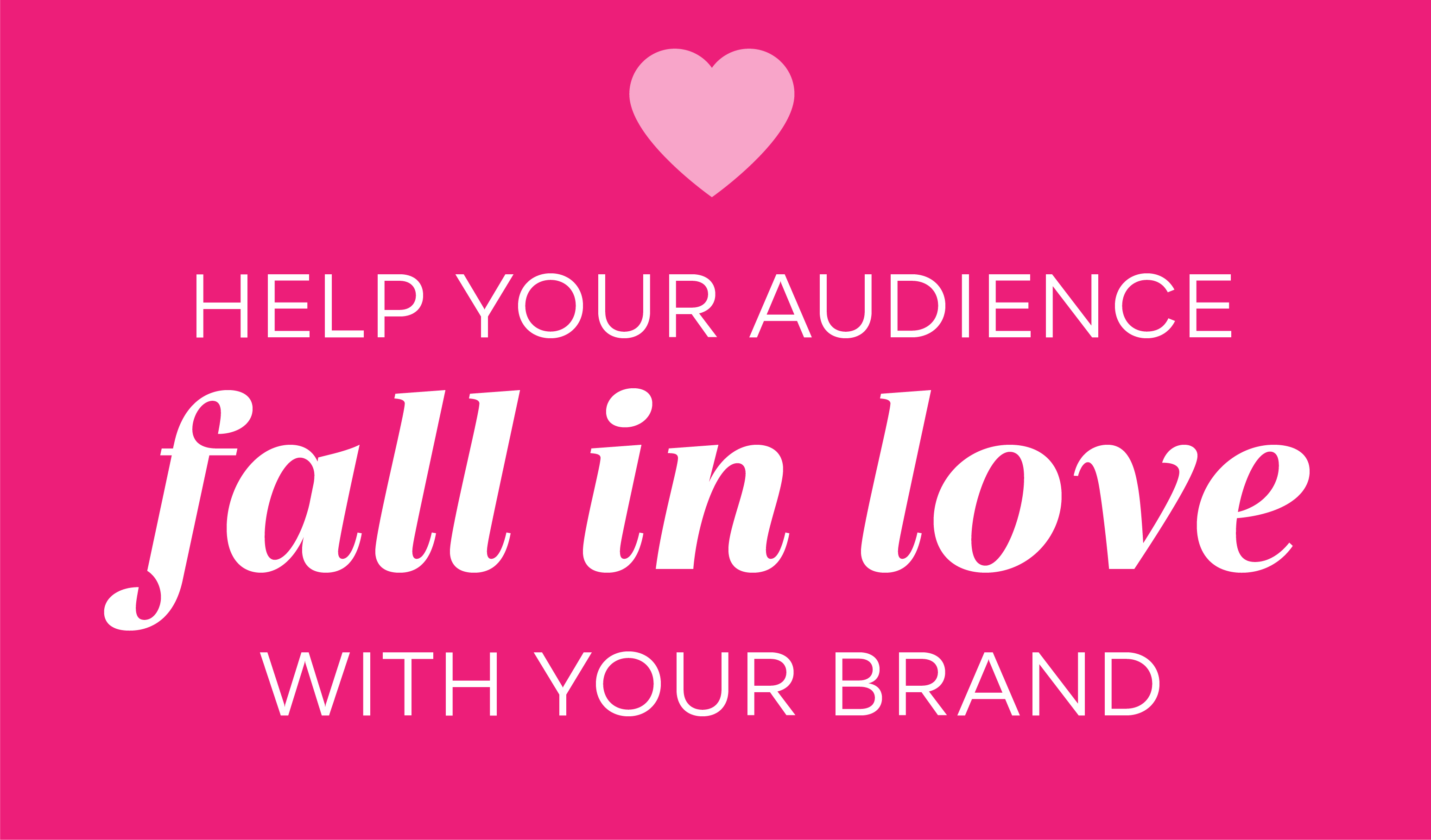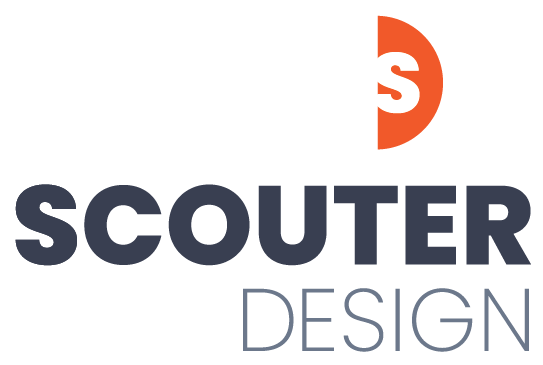
When we think of some of our favorite businesses, we have a very distinct emotion or reaction towards them. This is done by design and with intention. A successful brand not only aligns itself with the company's culture and mission but also its primary audience. A brand can capture their audience's attention and shape their perceptions about us, creating loyal customers who enjoy our products and services. Creating our tribe of followers requires deep knowledge of who they are and what resonates with them the most.
Find and interact with your tribe.
First, we need to decide who that primary audience actually is. Through research and interactions, we can learn a lot about who they are, what they are passionate about, their behaviors, where they spend their time, where they go for information, and what platforms they spend the most time on. Forming that persona helps us narrow and tailor our messaging and visual brand as if we are speaking directly to them. What do we have that they could benefit from? How can our brand speak to them in a relatable way?
Know how you want to be perceived.
What is it that we want our audience to feel about us? How would we want them to describe us to a friend, colleague, or family member? Our voice, tone, messaging and visual identity should work harmoniously together to create the intended reaction and resonate with our audience. When our brand attributes don't fully align, they can appear disjointed.
“Your brand’s tone of voice is the way in which you want to have a conversation with your customers.”~Stefan Mumaw
One common exercise that's used to help define these perceptions is to list all the adjectives that best describe how we would want our audience to feel about us. From there, distill the list down to the top three adjectives that resonate the most. Design the messaging and visuals around that theme and share it with your team.
It's especially important for our teams to have the same understanding of our overall brand objectives and goals so that every touchpoint, message, elevator pitch, conversation, and deliverable is delivered in a consistent way. A brand guide is useful because it describes our brand in detail and provides a common foundation for all to work from, whether it's an existing employee or a new one.
Know what makes you unique.
In the book Zag, Marty Neumeier talks about finding our "zag". What do we do or offer that our competitors don't? Knowing our differentiators helps us stand out ahead of the pack rather than to follow. He suggests taking the Onlyness Test which answers the question "What makes you the "only"?" This exercise looks deceptively easy. It requires us to figure out what sets us apart from everyone else and then distill it down into one single sentence. It's worth the conversation as it helps bring clarity to what really sets us apart from everyone else and helps shape our messaging.
"Brands need strong positioning because customers have choices—if you don’t stand out, you lose." -Marty Neumeier
Define each and every step of your process.
From our first interaction to the final deliverable and beyond, we can tap into each opportunity, big or small, to customize our journey with our audience. Looking at our process through the audience's lens helps us understand where we can customize or improve each touchpoint. Asking for feedback can also shed light on issues we may not otherwise see.
When I was a design manager, a common perception was that we were magicians and when handed a project, it would fall into a black hole only to emerge beautiful and functional. On the surface it sounded flattering but the underlying issue is that our colleagues and clients never really knew where their project was in the pipeline. When I started my own business, I wanted to be as transparent as possible about my whole process. I let my clients know when to expect each draft, what the next steps will be, when the final deliverable will be sent, and what products or files they will receive. This would seem like a no-brainer but sometimes when we are in the weeds working, it's easy to forget these things. No more black holes.
Show your clients some love.
This February, let's spend some time finding new ways to "zag". Let our clients know how much they mean to us by making their experience with us the very best it can be. How do you zag?
Resources:
https://www.martyneumeier.com/the-onlyness-test
© Scouter Design
Follow me on Facebook: @ScouterDesign | LinkedIn: ScouterDesign

